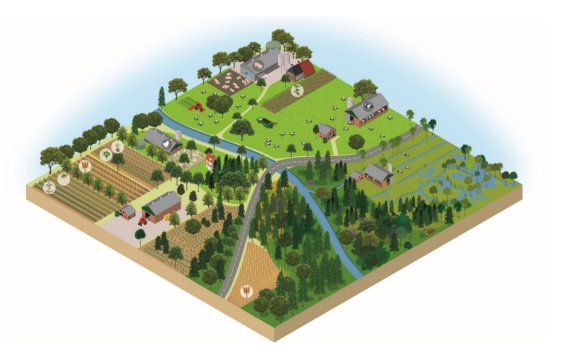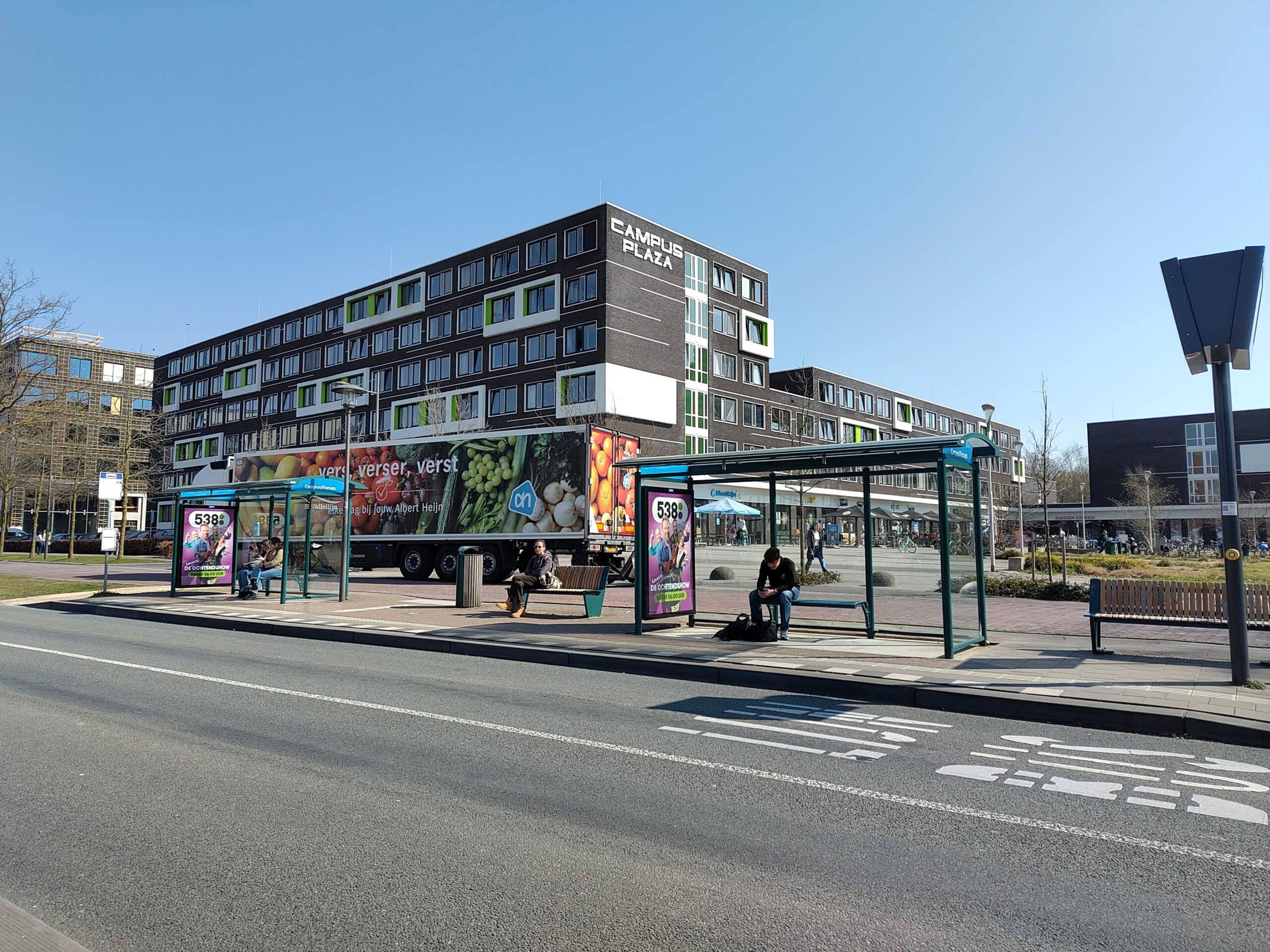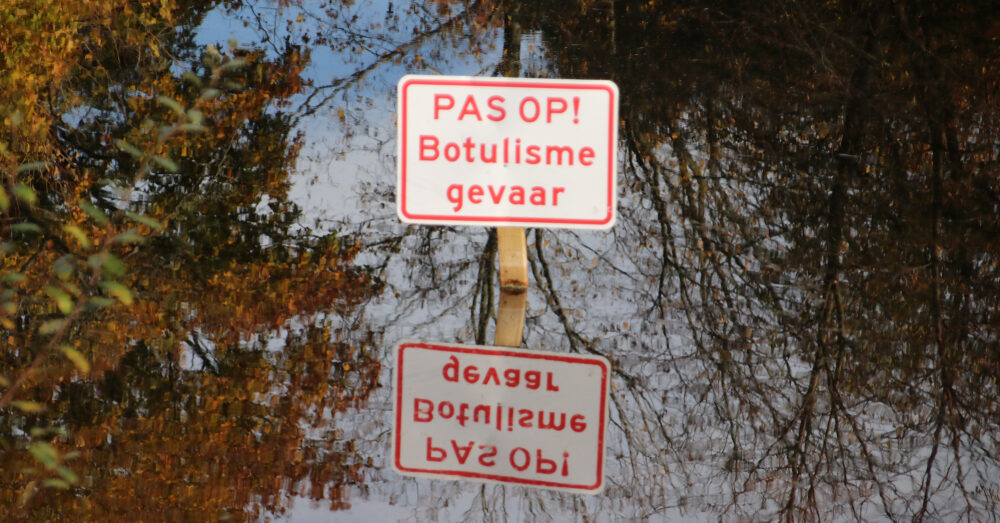A group op WUR researchers explored different scenario’s to map what farming and land use might look like in 2050. The study shows agriculture beyond the stipulations of the Climate Agreement, which reach no further than 2030. Depending on the selected basis, the consequences are significant.
More forests
The four scenarios place nature’s productivity centre stage in the operational management, while additional environmental goals are, or are not, set. At one end of the spectrum is the option of continuing on our current path (although the cattle population does not grow). In contrast, the other end of the spectrum is ‘nature inclusive’ farming. The latter scenario requires a 42 per cent reduction in cattle and a doubling of the amount of forest.
The good news for farmers is that, theoretically, it is possible to continue on the current trajectory. Reducing the number of cattle and the production volume of meat and dairy is not strictly necessary. However, this is contingent on agriculture being emission-free at a European level. In other words: if emissions in different areas such as agriculture, energy and land-use, can be interchanged at a European level. For 2030, the EU has applied this principle.
Independently
All other scenarios lead to a dramatic shrinkage in the livestock sector. If the Netherlands aims to be climate neutral at a national level, the livestock sector must shrink by up to 42 per cent in the case of extensive agriculture. In this model, nature is spared, cows, pigs and chickens roam outside freely, and herbs and flowers grow abundantly in sparingly fertilised fields.
The different development perspectives also significantly impact the share of agriculture in the economy. Greener production means a decline in export and employment in the sector. A 40 percent reduction in the cattle population will generate an equally substantial decrease in direct and indirect (processing and supply) employment possibilities.

 Impression showing extensive and nature-friendly farming. Illustration: Erik Eshuis.
Impression showing extensive and nature-friendly farming. Illustration: Erik Eshuis. 

